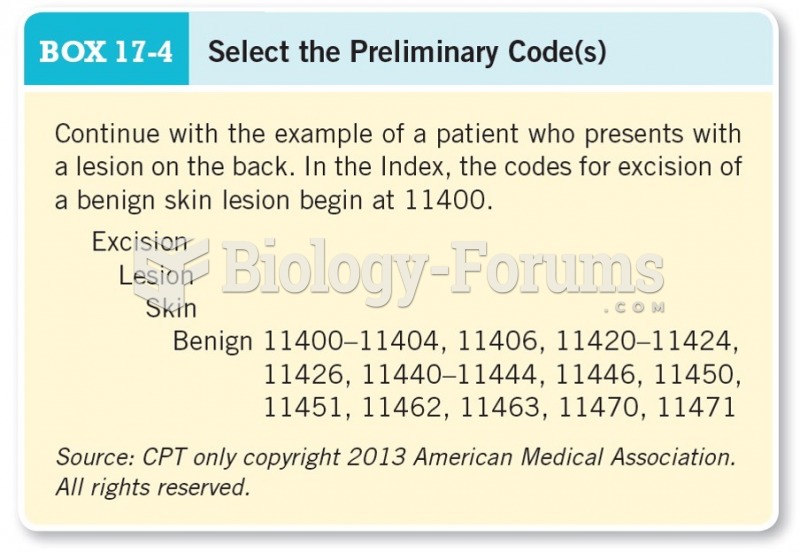Answer to Question 1
D
Explanation: D) Objectivity imposes the obligation to be impartial, intellectually honest, and free of conflicts of interest.
Answer to Question 2
1. Gigs in Process (GIP) April 30, 2014
Author Materials
(1) Direct
Labor
(2) Overhead
(3) = 120 (2) Total
(4)
Irok (570 + 110; 750 + 200) 680 950 1,140 2,770
Bottom Rung
(250 + 310; 475 + 250) 560 725 870 2,155
Rail Ride 225 250 300 775
Total 1,465 1,925 2,310 5,700
2. Cost of Completed Gigs (CCG) in April 2014
Author Materials
(1) Direct
Labor
(2) Overhead
(3) = 120 (2) Total
(4)
Freke Out
(700 + 140; 550 + 100) 840 650 780 2,270
Dish Towel 540 450 540 1,530
Total 1,380 1,100 1,320 3,800
3. Overhead allocated = 1.20 1,250a = 1,500
Underallocated overhead = Actual overhead Allocated overhead
= 1,980 1,500 = 480 underallocated
a Total direct labor in April = 200 + 100 + 250 + 450 + 250 = 1,250
4a. Underallocated overhead is written off to CCG
GIP inventory remains unchanged.
Account April 30, 2014 Balance
(Before Proration)
(1) Underallocated
Overhead of 480 written off to Cost of Completed Gigs (CCG)
(2) April 30, 2014 Balance
(After Proration)
(3) = (1) + (2)
GIP 5,700 0 5,100
CCG 3,800 480 4,280
9,500 480 9,980
4b. Underallocated overhead prorated based on April overhead in ending balances
Account April 30, 2014
Balance
(Before
Proration)
(1) Overhead
Allocated in
April Included
in April 30, 2014 Balance
(2) Overhead Allocated
in April Included
in April 30, 2014 as
a Percent of Total
(3) = (2) 1,500 Proration of 480
Underallocated
Overhead
(4) = (3) 480
April 30, 2014
Balance
(After Proration)
(5) = (1) + (4)
GIP 5,700 840a 0.56 0.56 480 = 268.80
5,968.80
CCG 3,800 660b 0.44 0.44 480 = 211.20
4,011.20
9,500 1,500 1.00 480.00 9,980.00
aApril labor for Irok, Bottom Rung, and Rail Ride 120
= (200 + 250 + 250) 120 = 700 120 = 840
bApril labor for Freke Out and Dish Towel 120
= (100 + 450) 120 = 550 120 = 660
5. I would choose the method in 4b (proration based on overhead allocated) because this method results in account balances based on actual overhead allocation rates. The account balances before proration in GIP and CCG are significant, and underallocated overhead is material.
Of course, the method chosen affects reported operating income. In the case of underallocated overhead, writing off to CCG results in lower operating income compared to proration and lower taxes. If overhead had been overallocated, proration would result in lower operating income and lower taxes.
Despite the tax considerations, I would choose proration because it best represents Brady's performance during a period. I would use the simpler method of write off to CCG only if the amount were immaterial or if it represents inefficiency. I would apply this method consistently from period to period.







